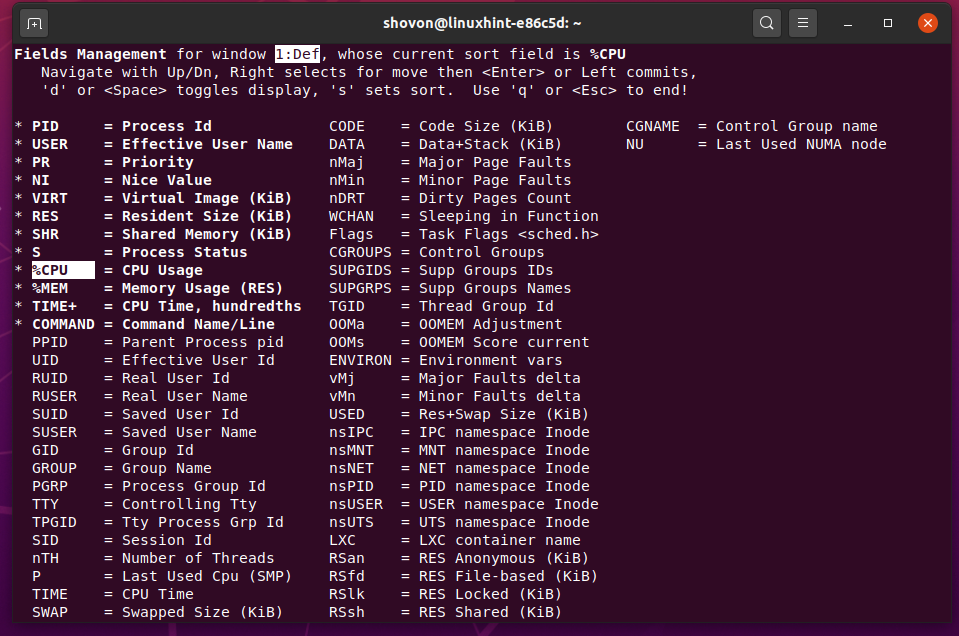


If you only want to see the command name instead of the absolute path to the command, use the ps command format below. Use the following ps command format to show only specific information about the memory consumption process in the output. The ps command format below gives you more information about the process that consumes the most memory. It is used to list the currently running processes and their process IDS (PID), process owner name, process priority (PR), and the absolute path of running commands. The ps command stands for "process state." This is a standard Linux application for finding information about processes running on a Linux system. The ps command is used to report a snapshot of the current process. 1) How to use the ps command to find the most memory consuming process in Linux So I suggest you just pick one of them and use it. I used to use both of these commands together, and they gave me the same result. Using the top and ps commands, you can easily identify this situation. If not, what other commands have you tried? I hope you can update this article in the comments and it may help other users. I'm sure you've already run the command below to check. If this is the case, your best bet is to identify the processes on your Linux machine that are consuming too much memory. Many times, you may come across a system that consumes too much memory.


 0 kommentar(er)
0 kommentar(er)
